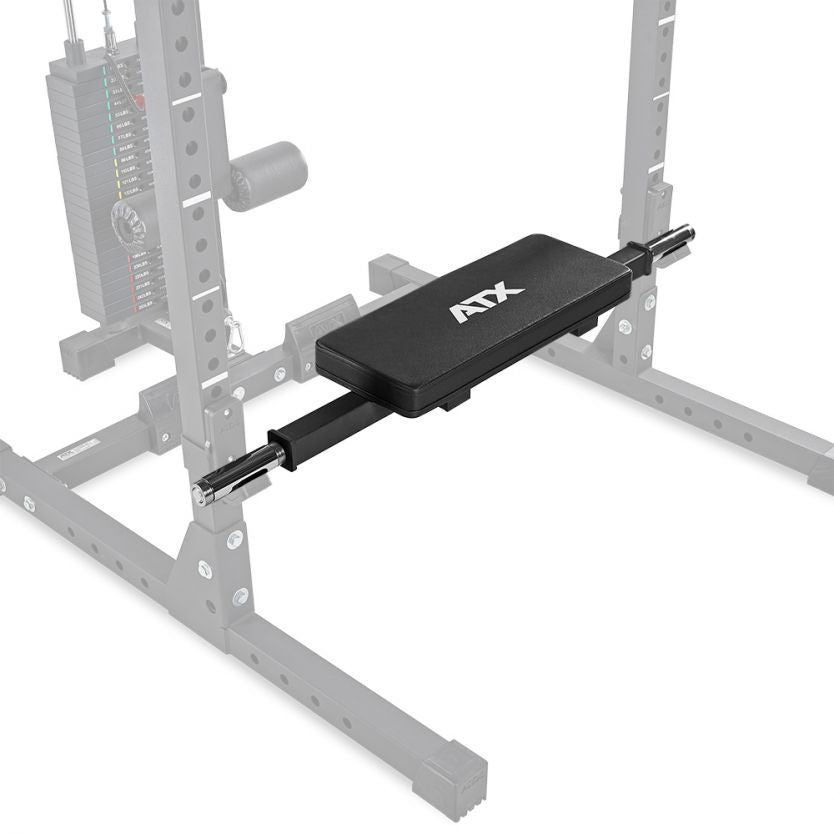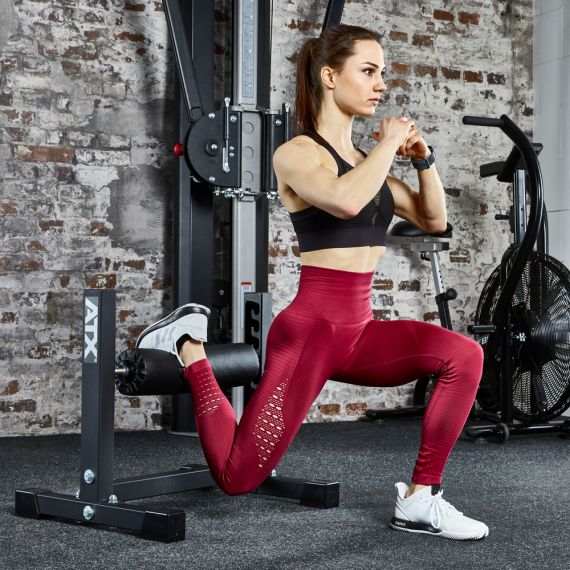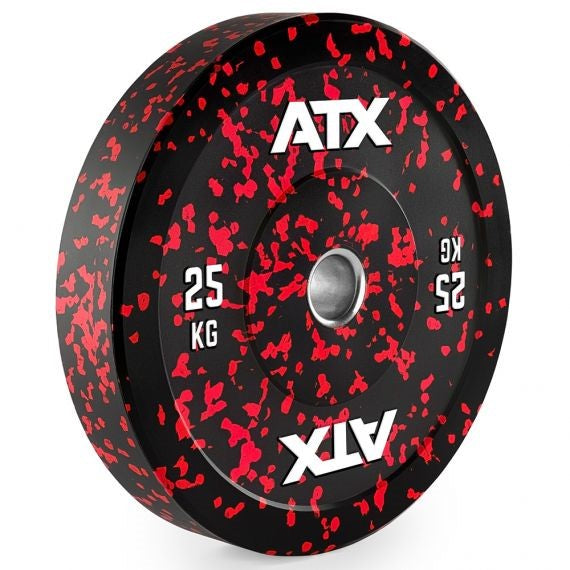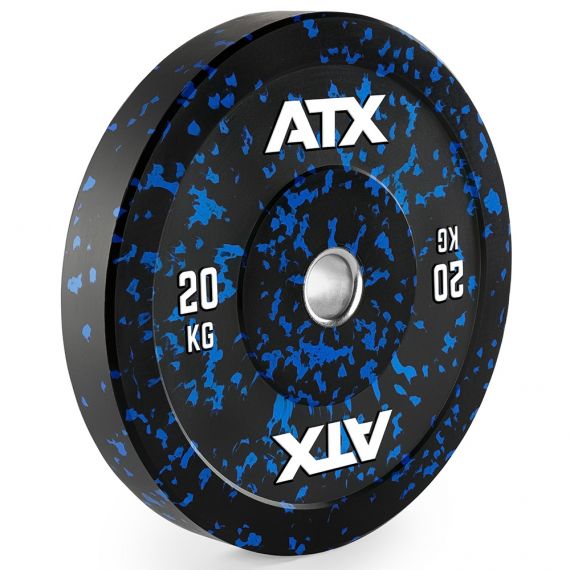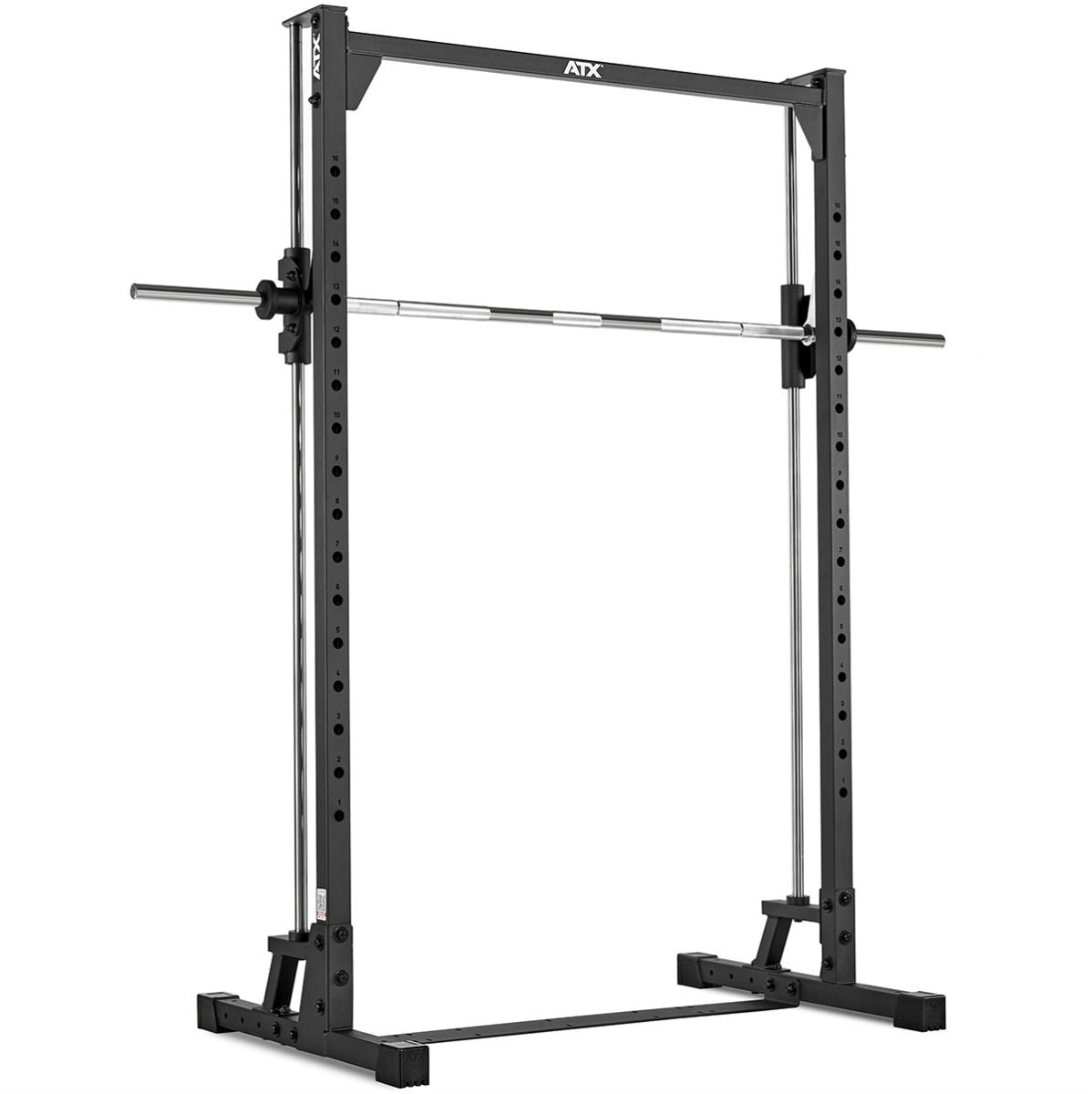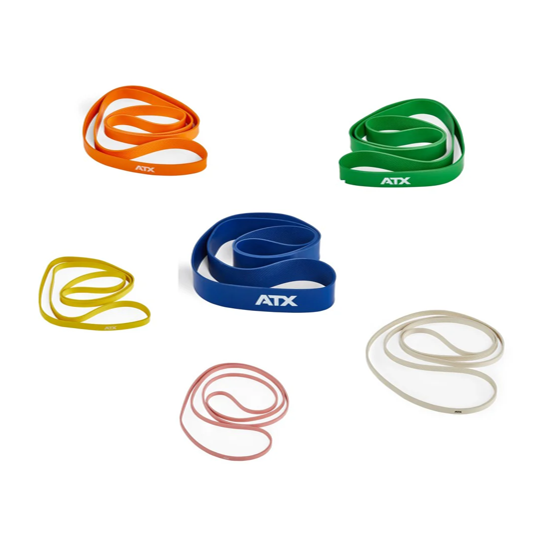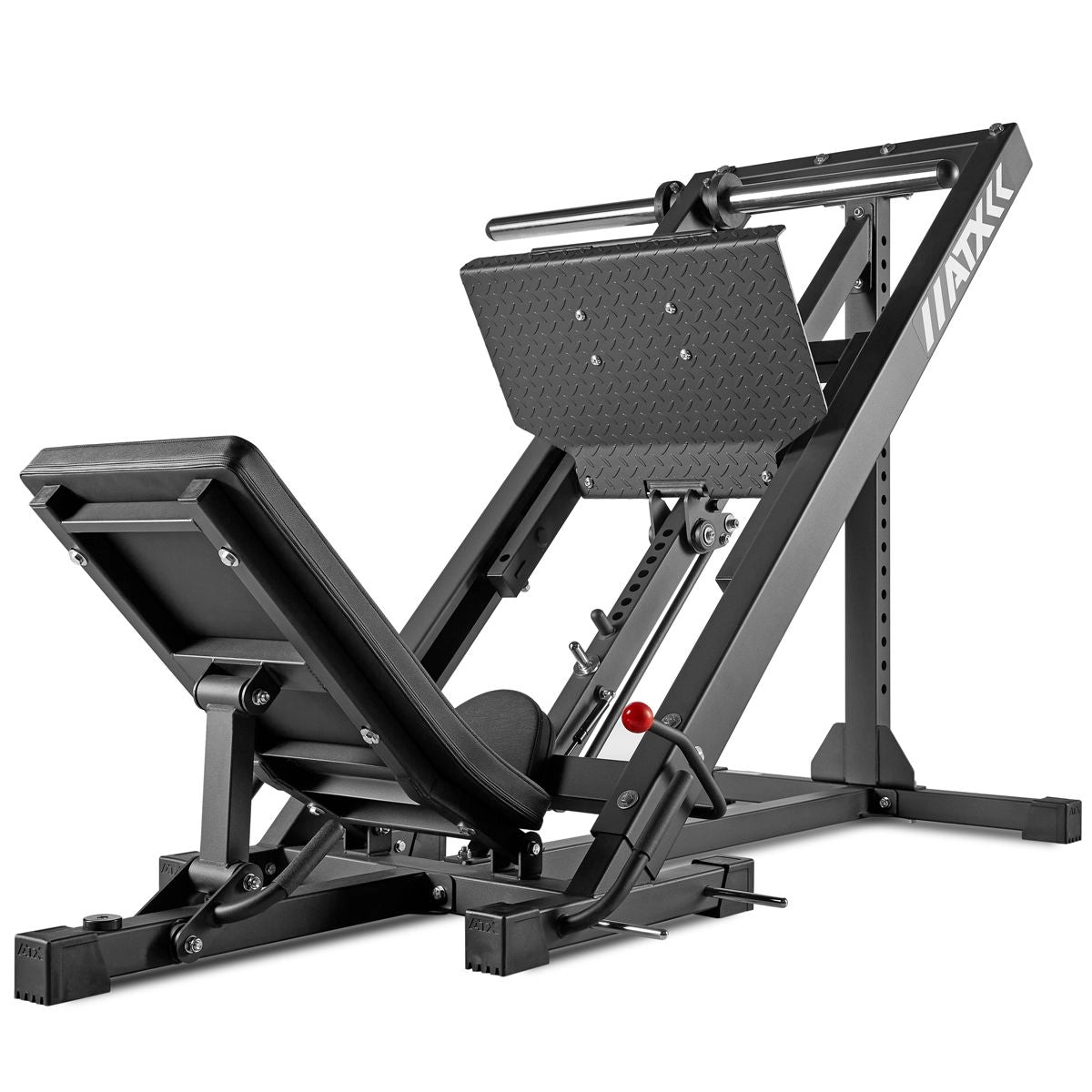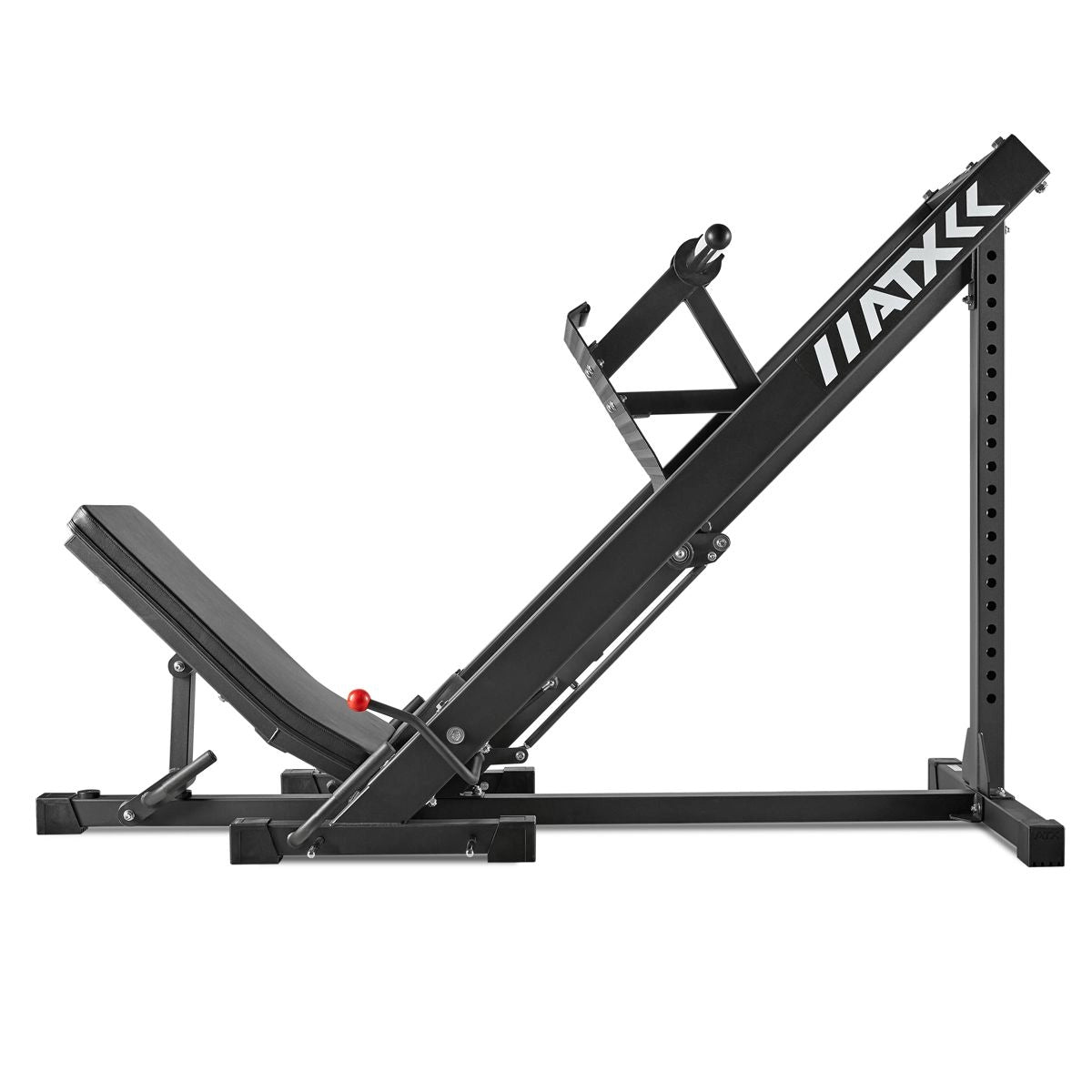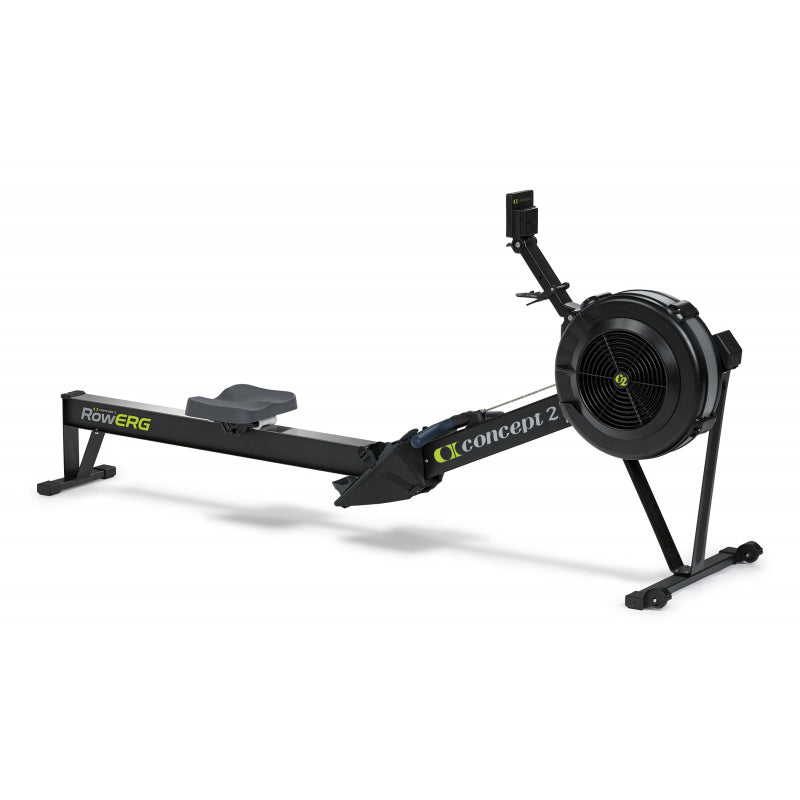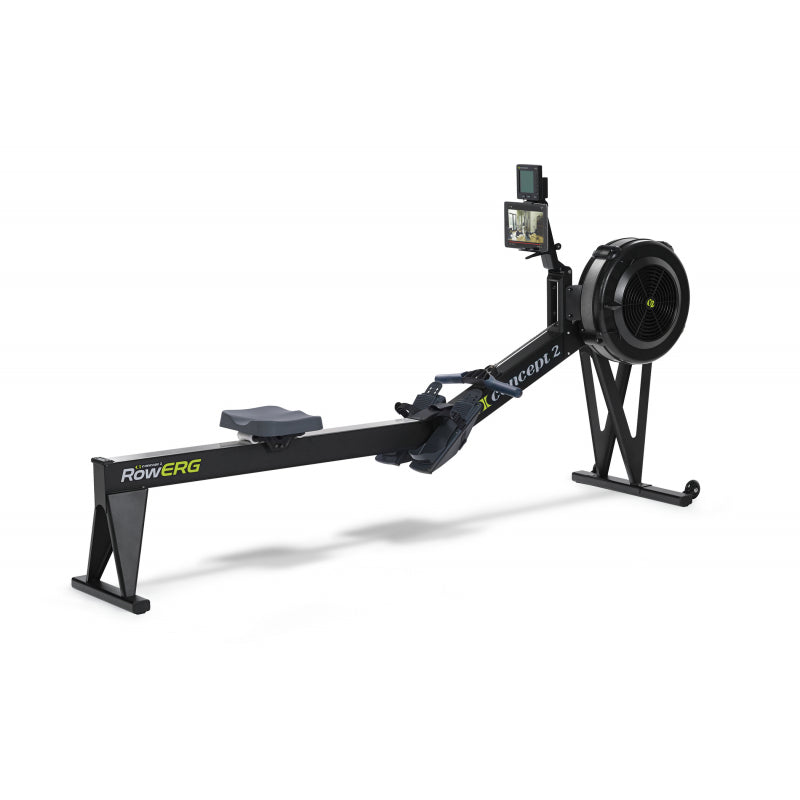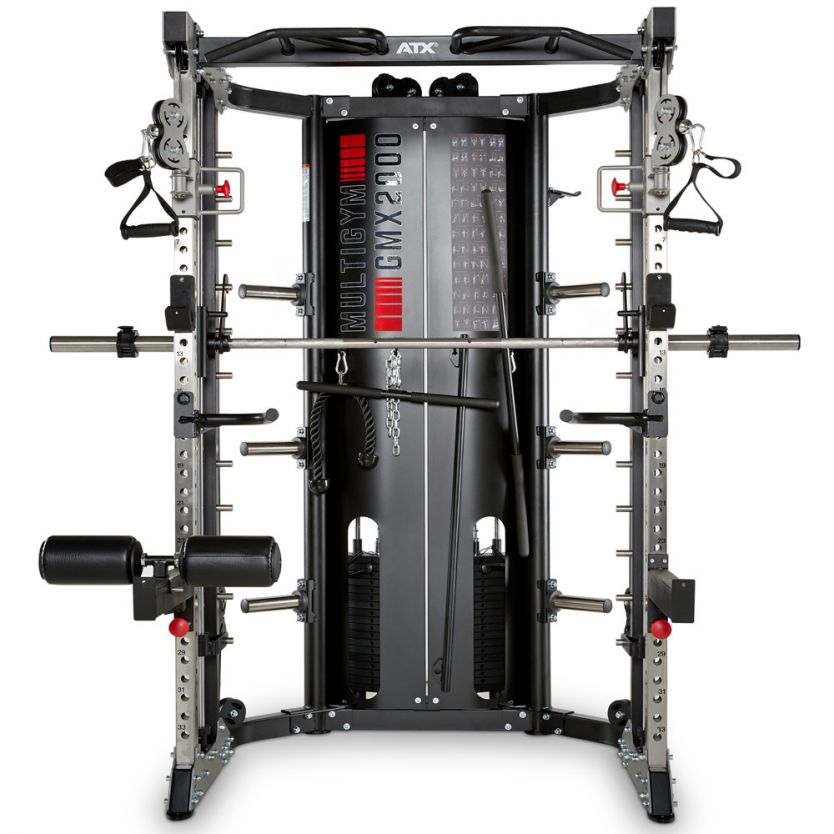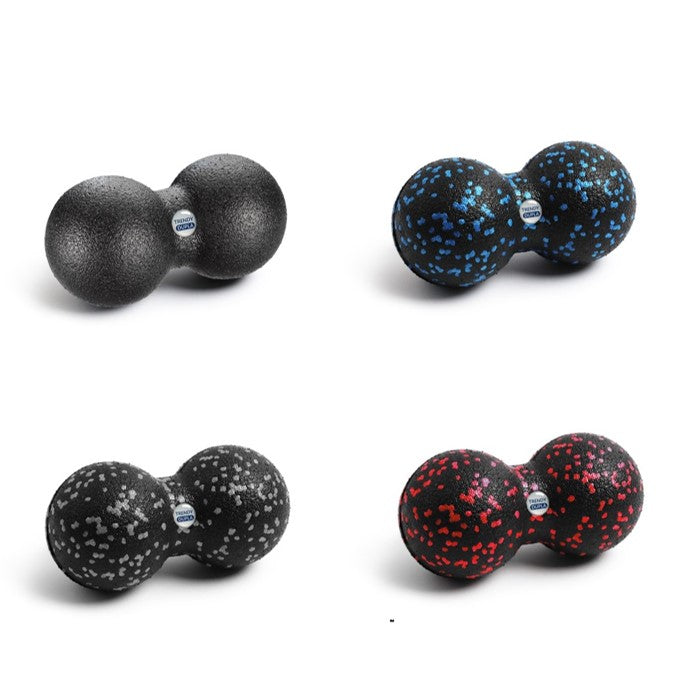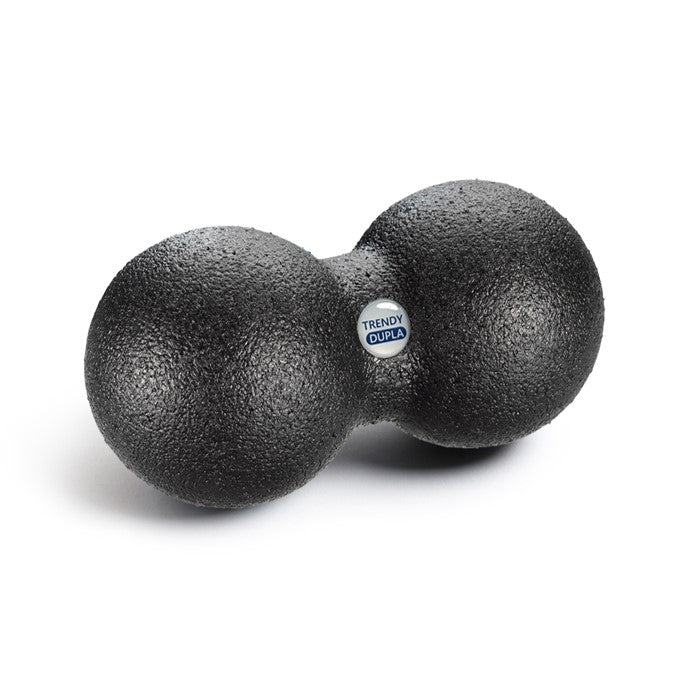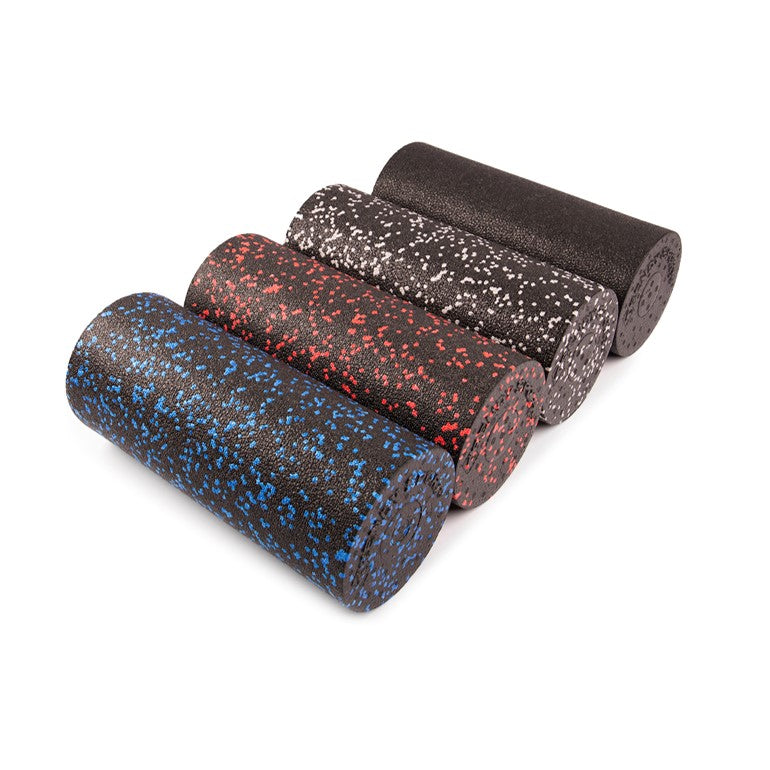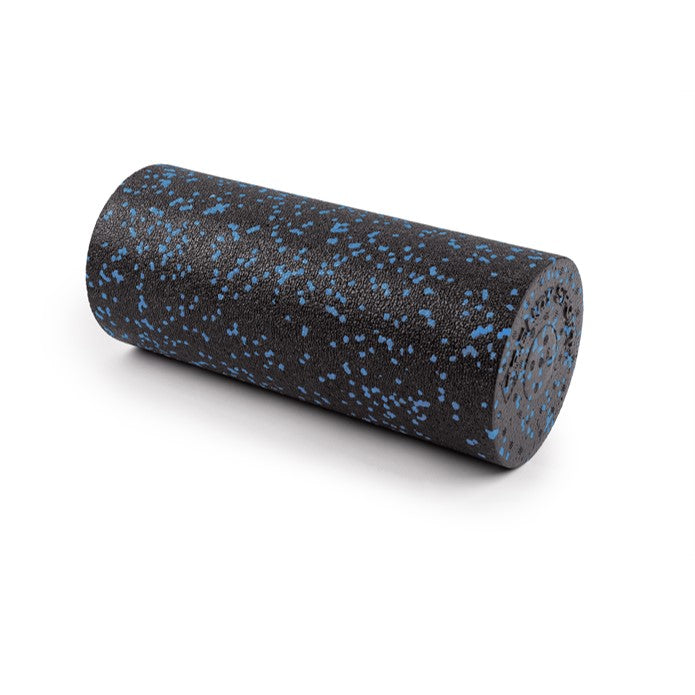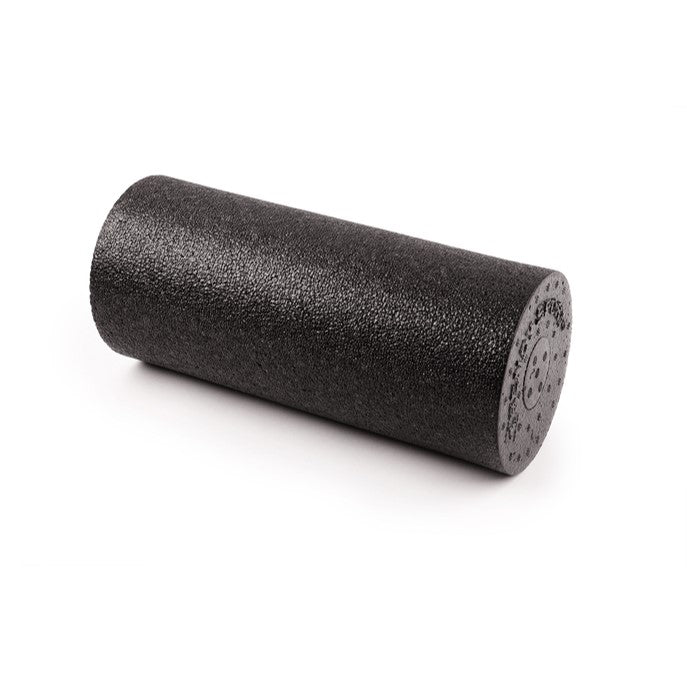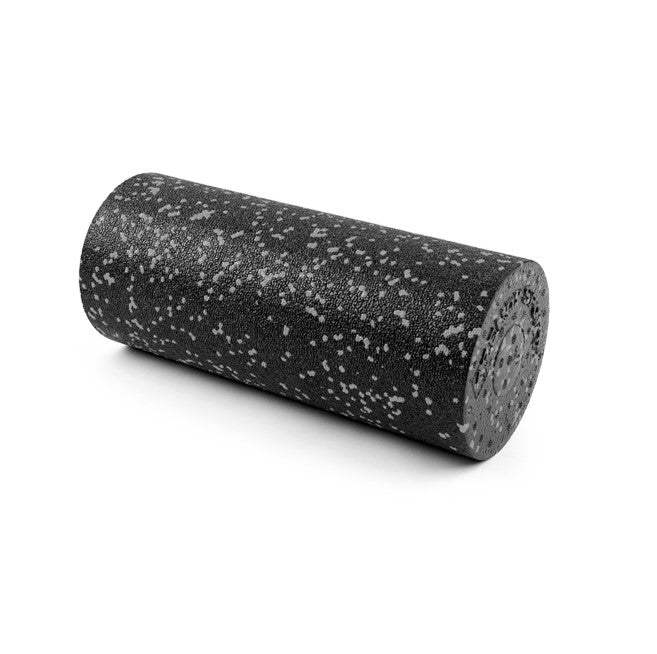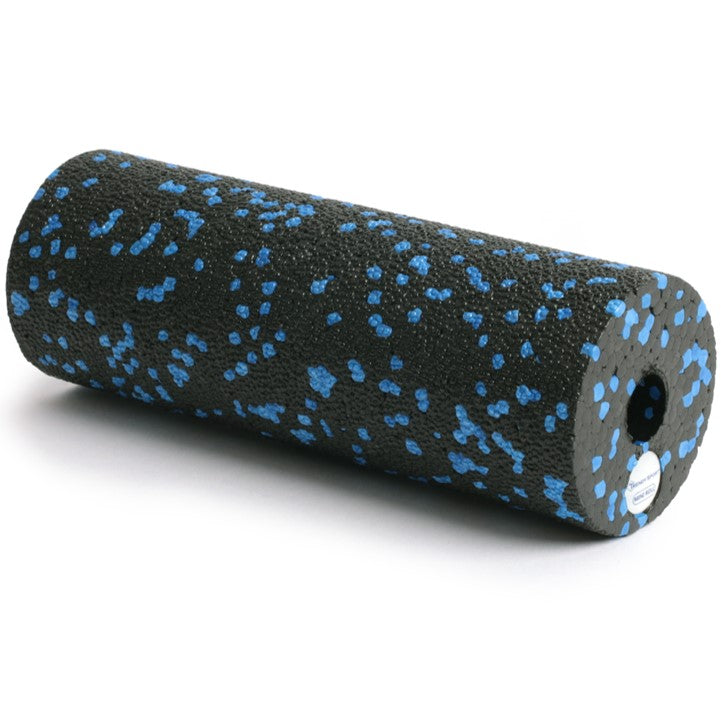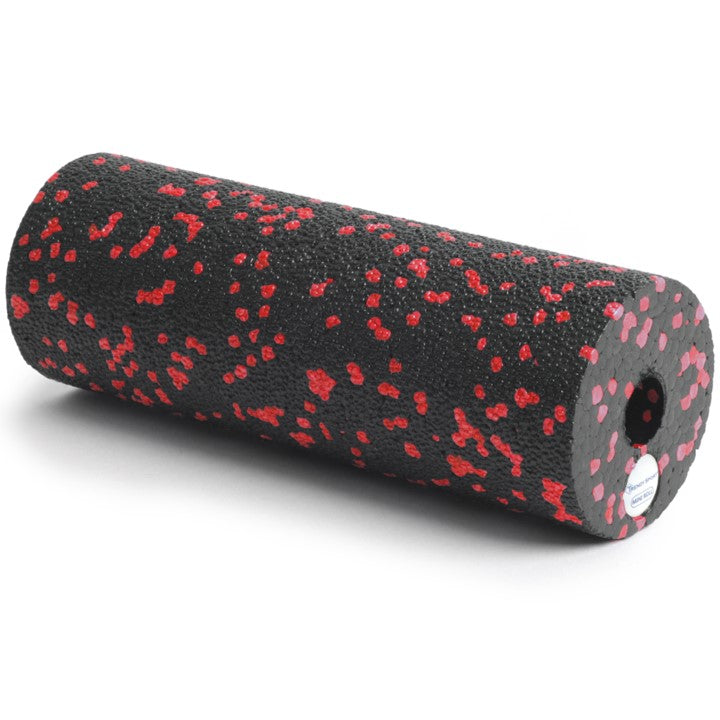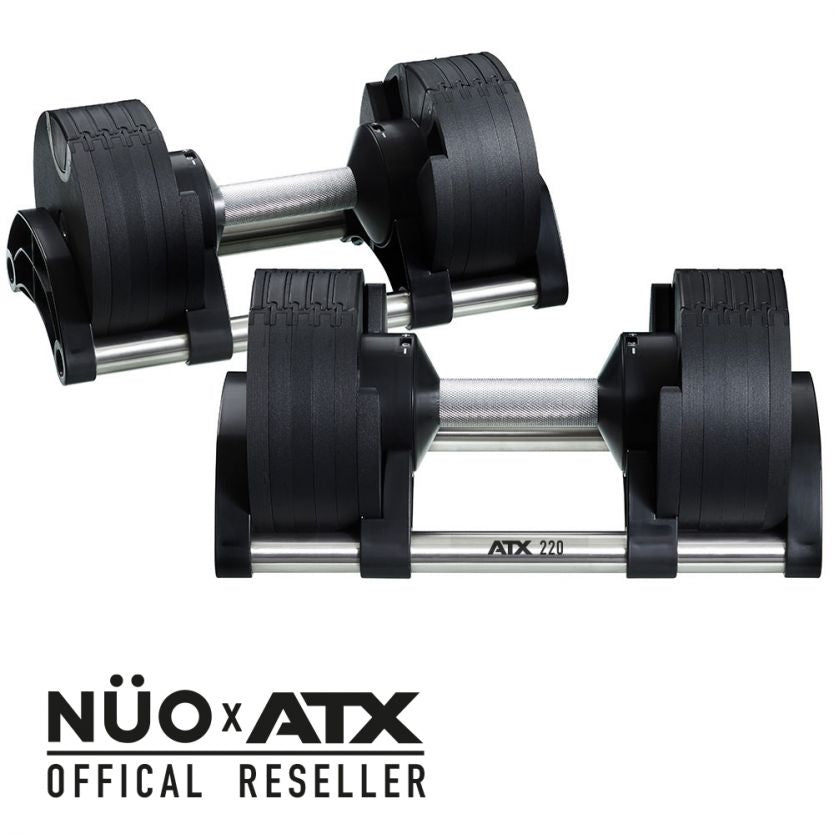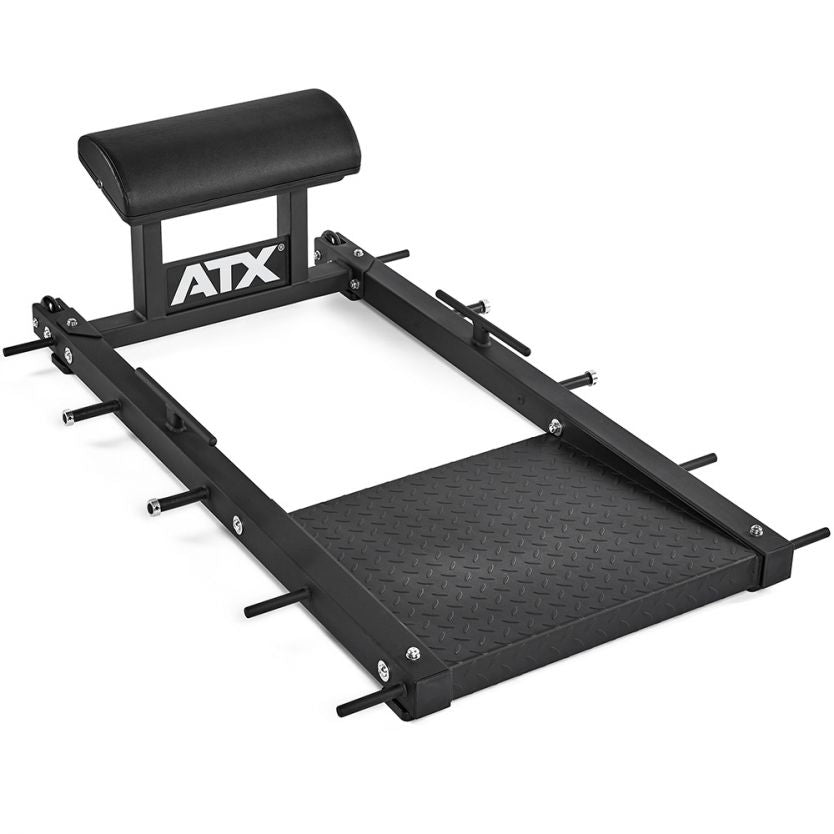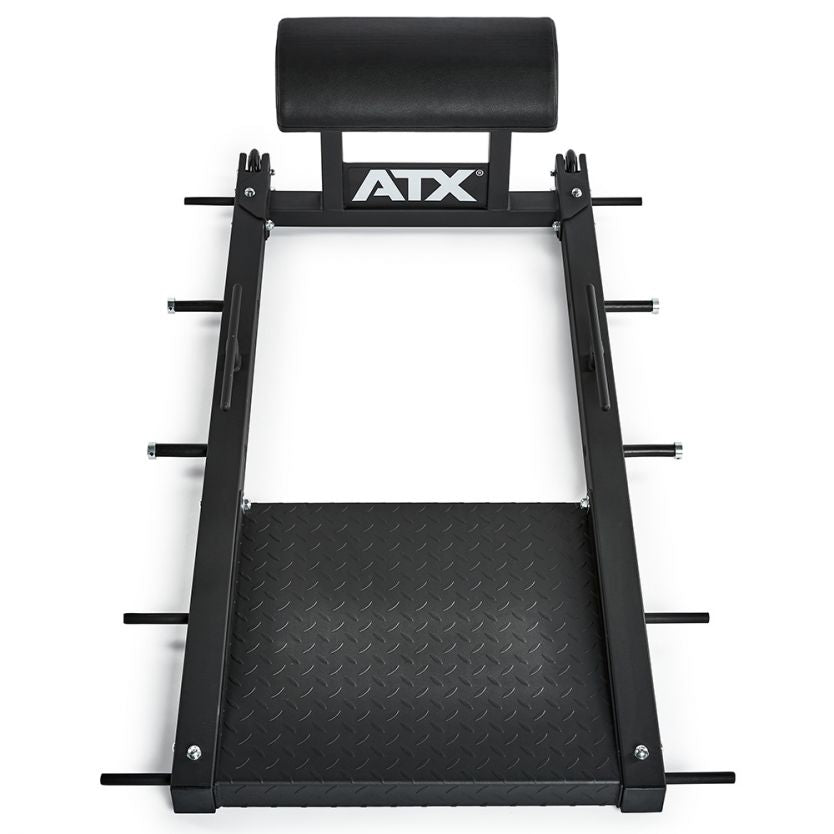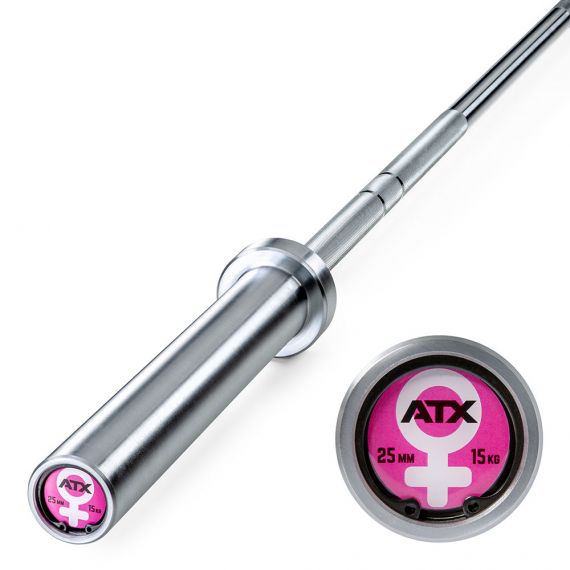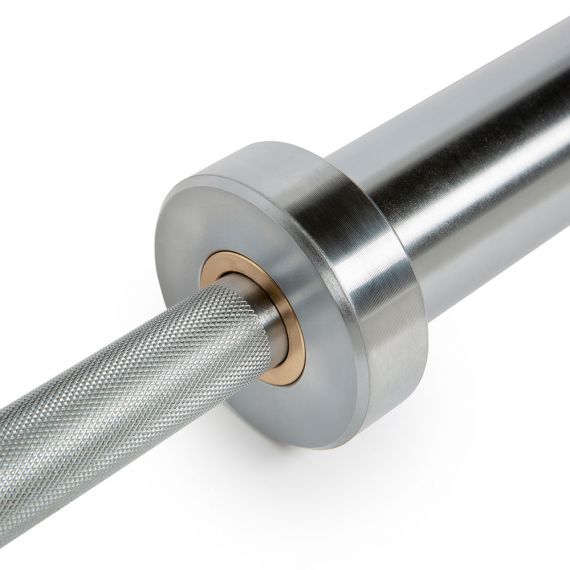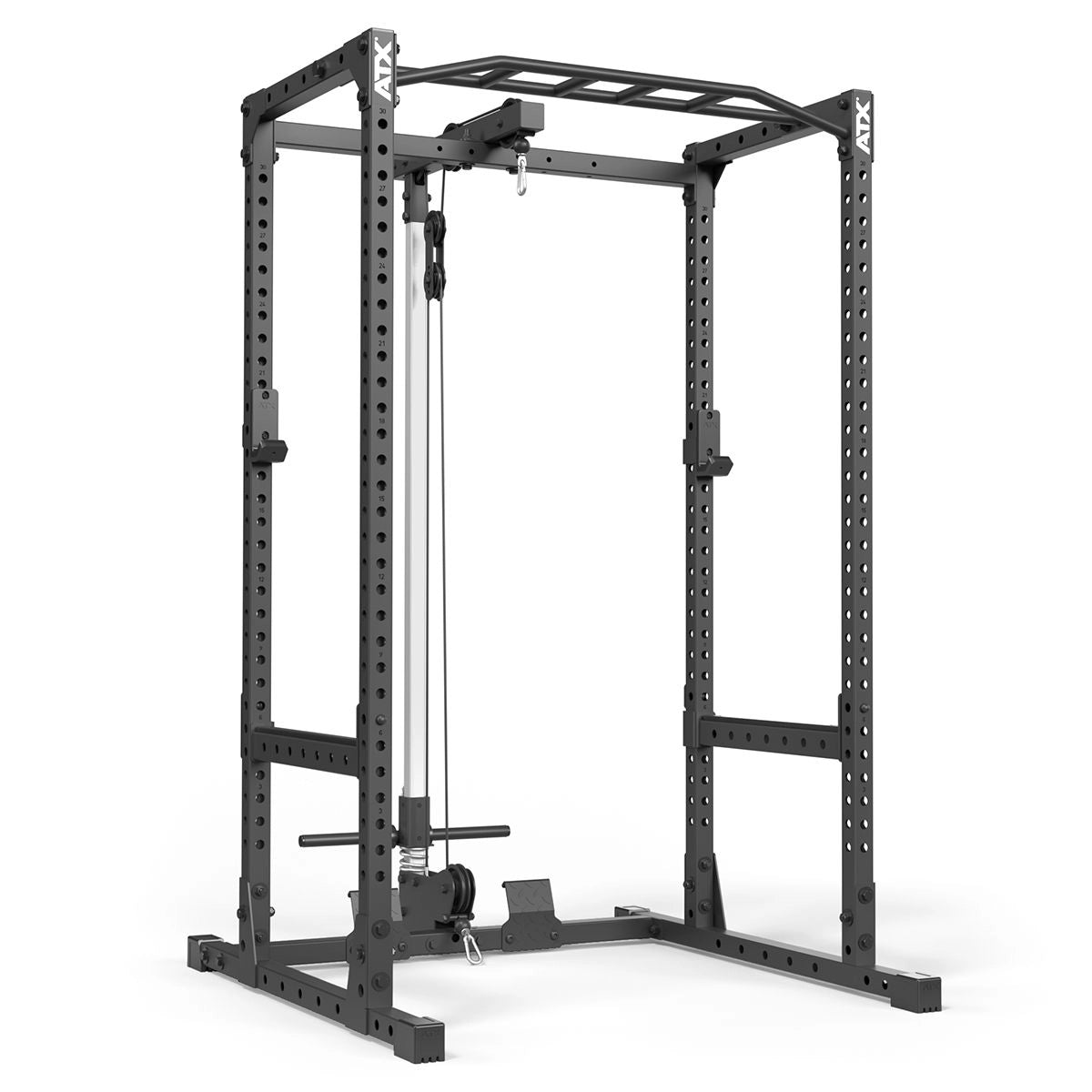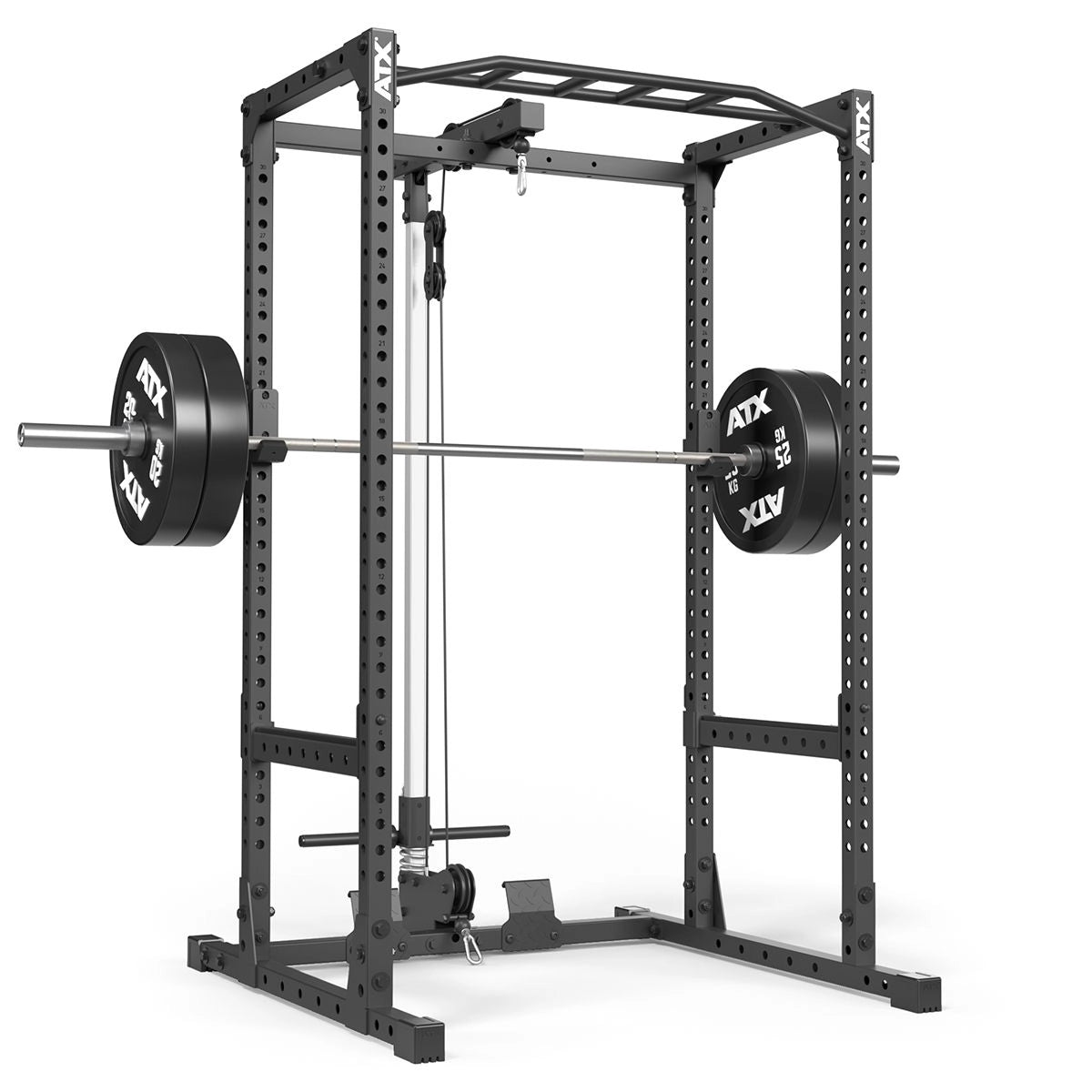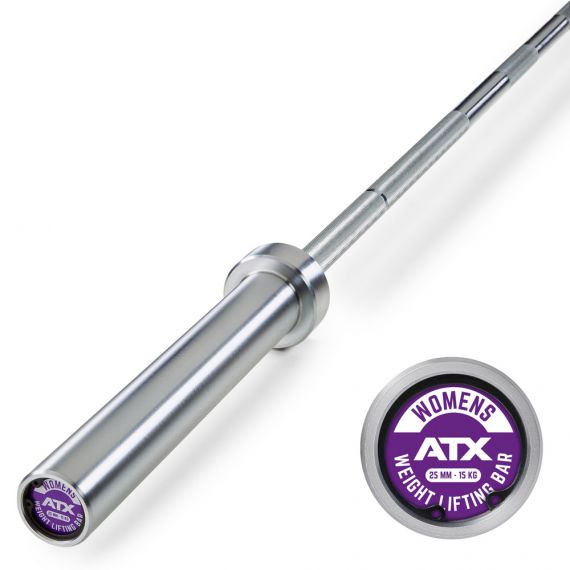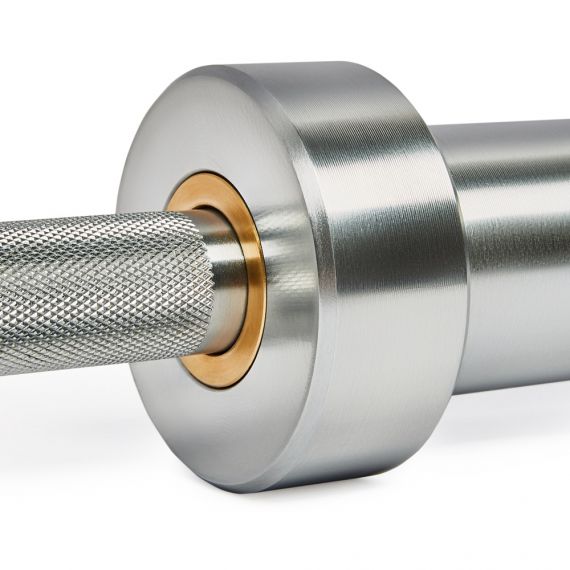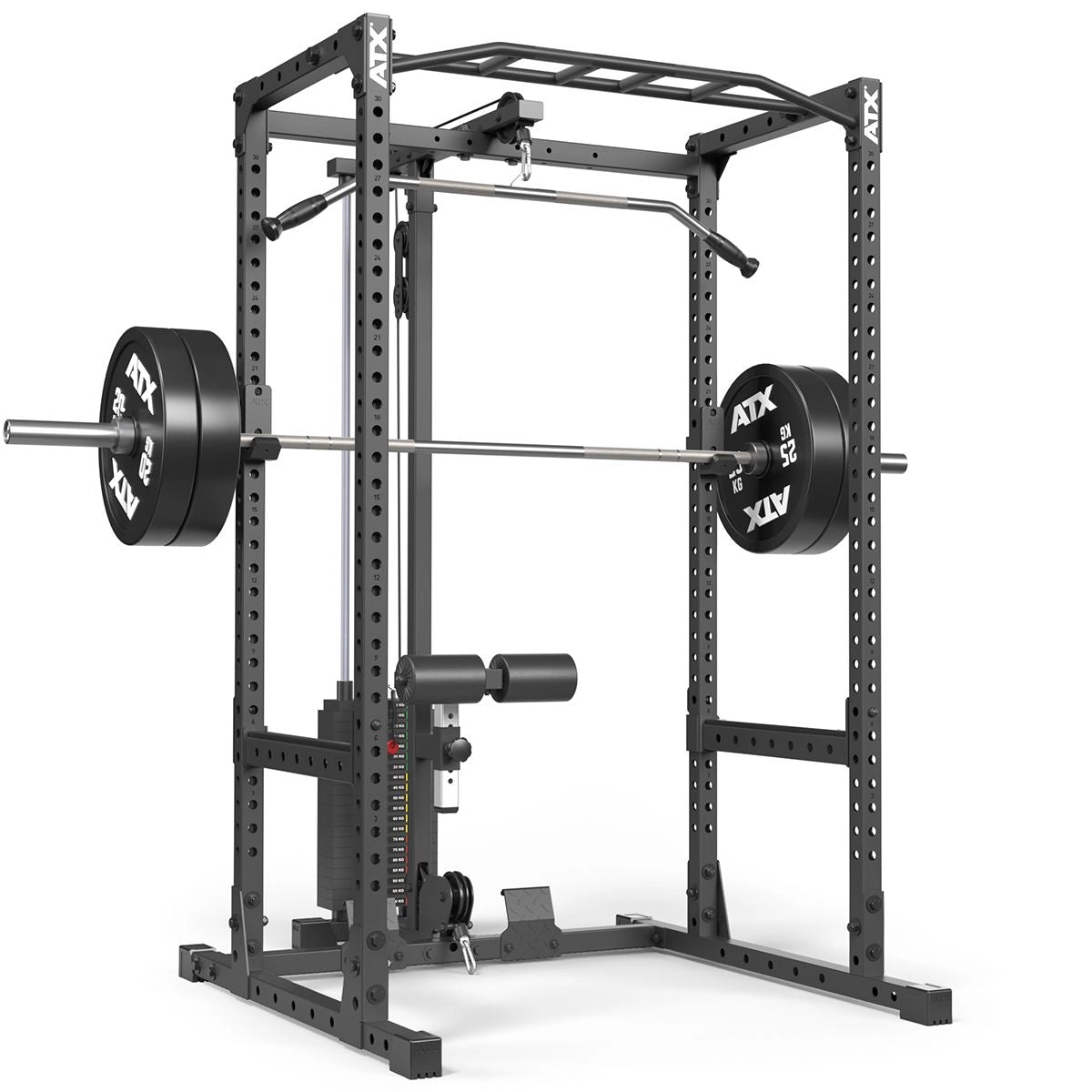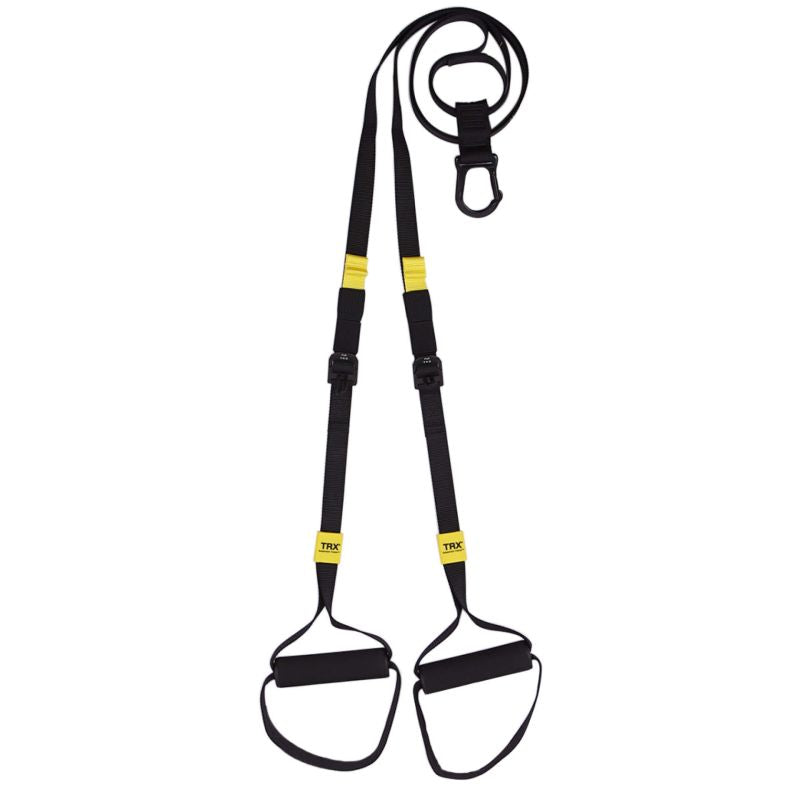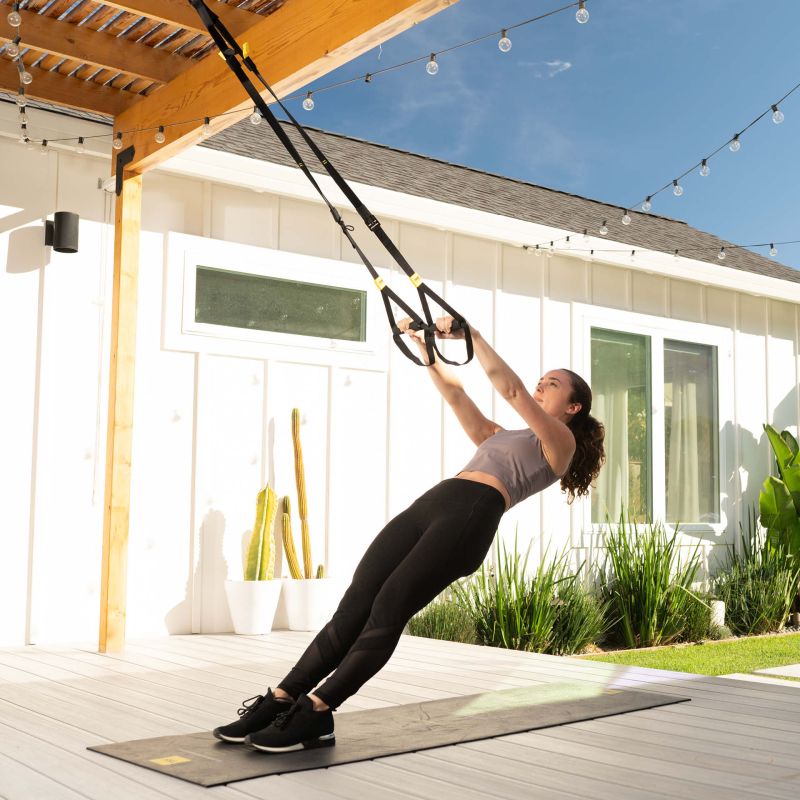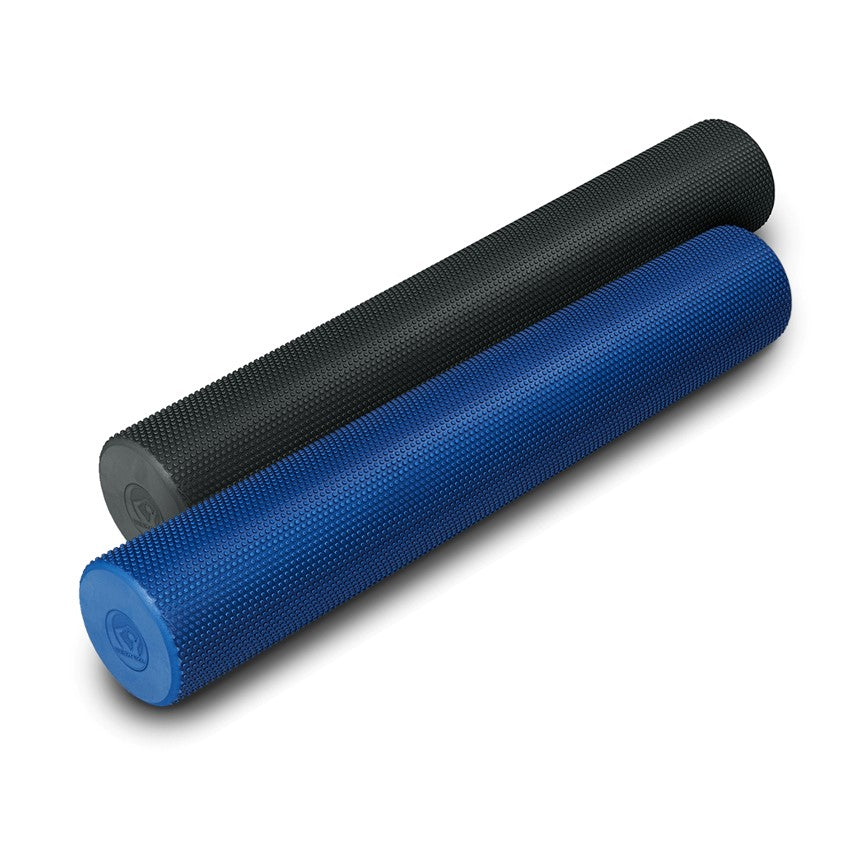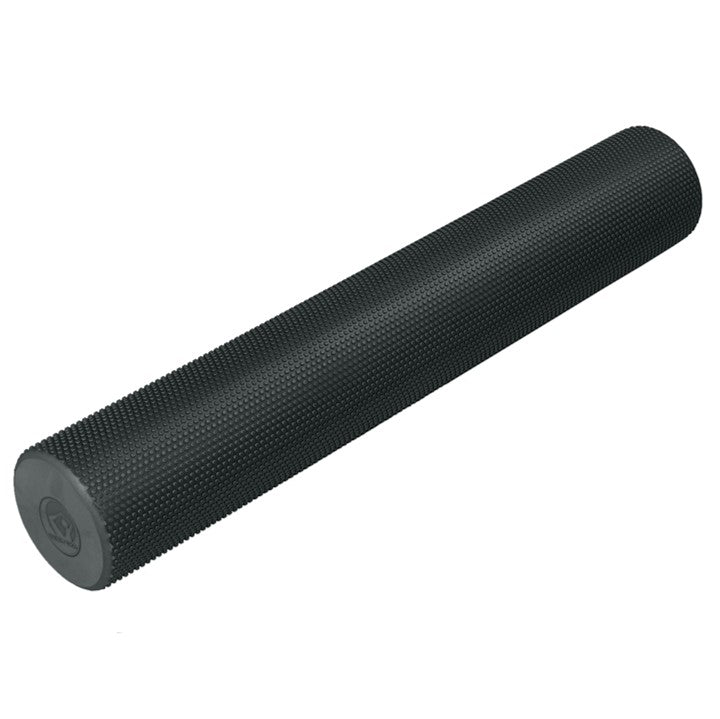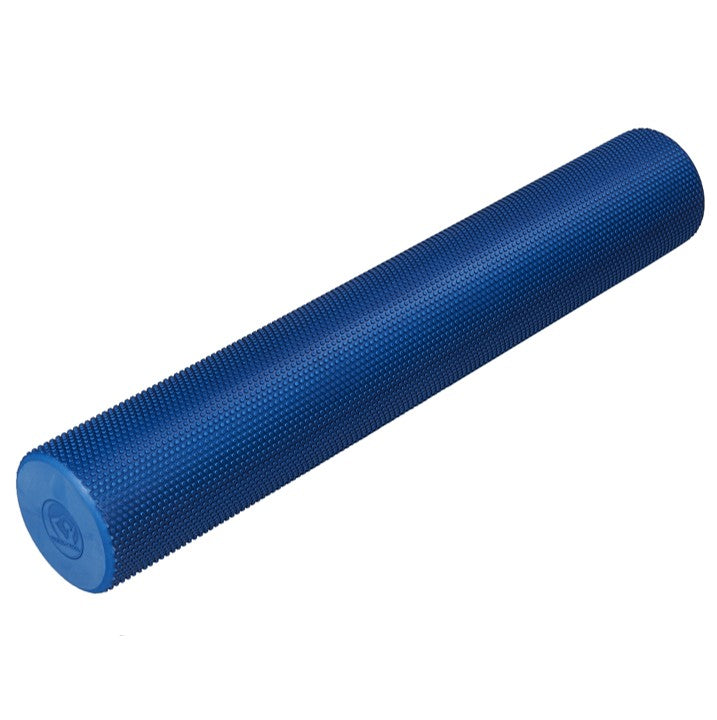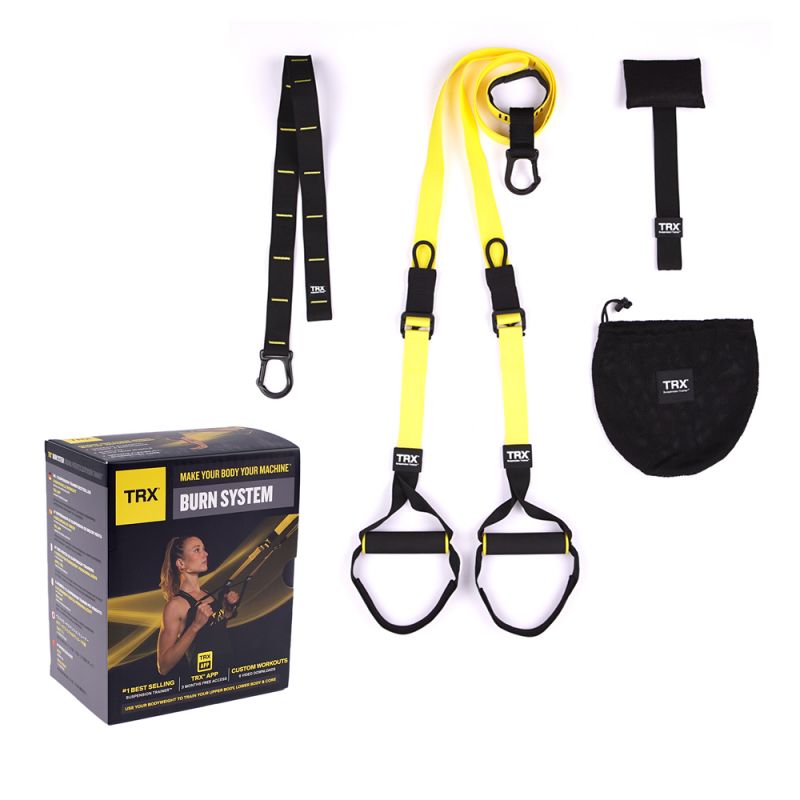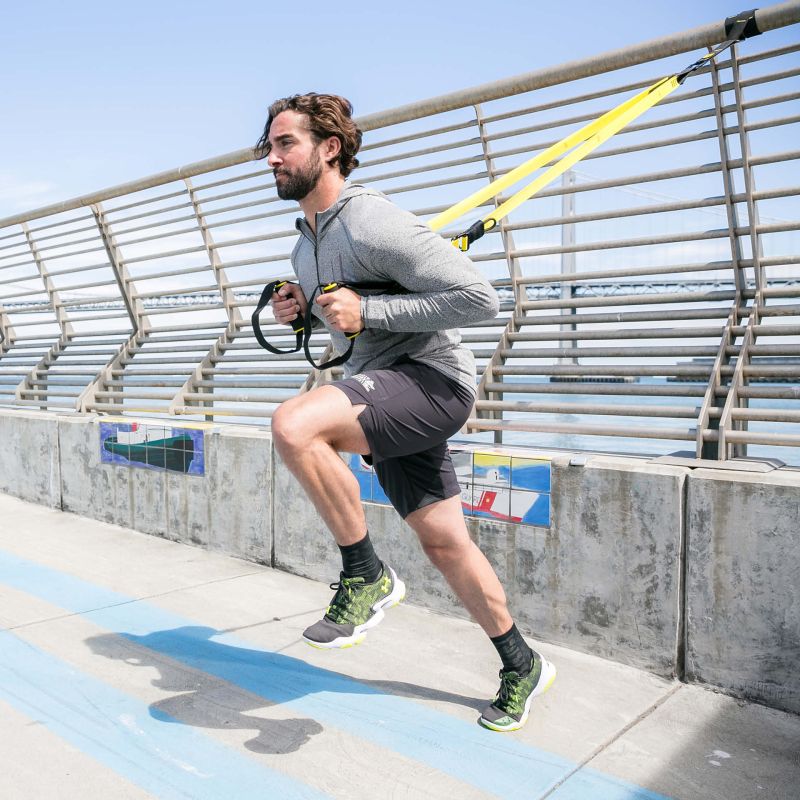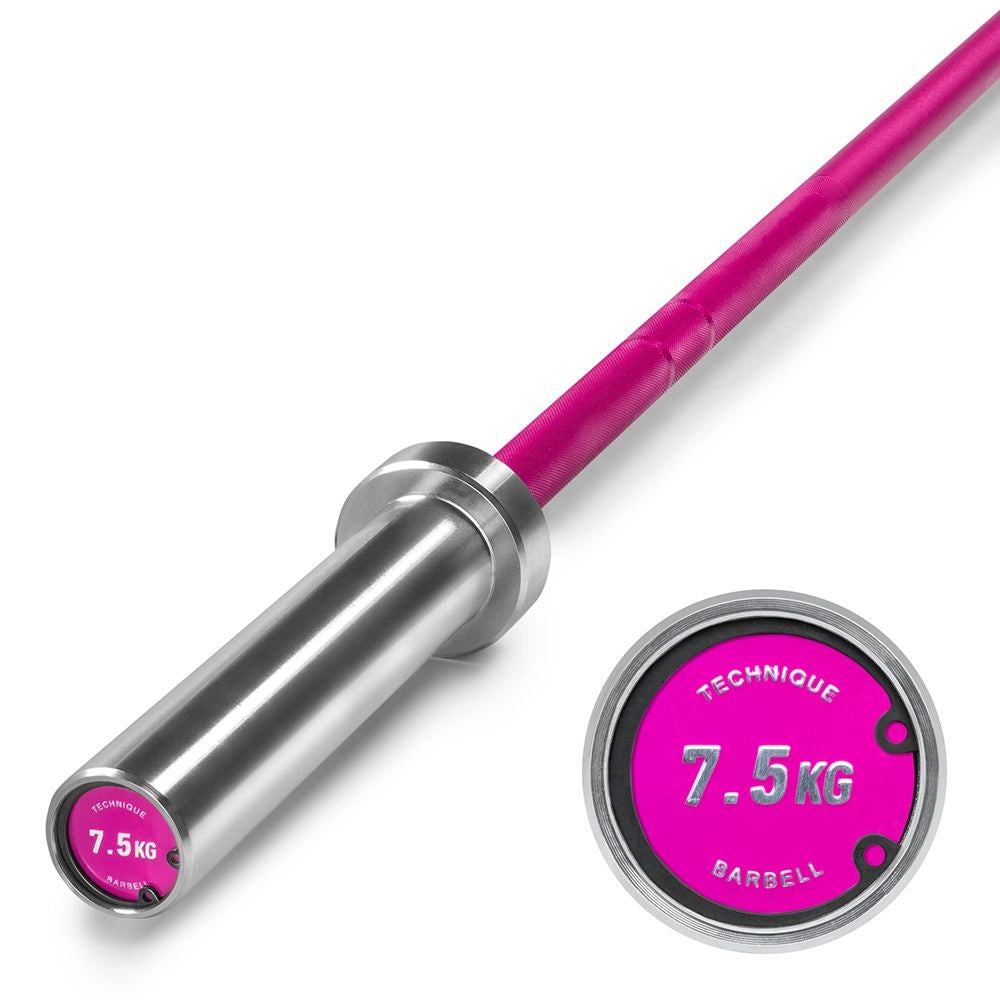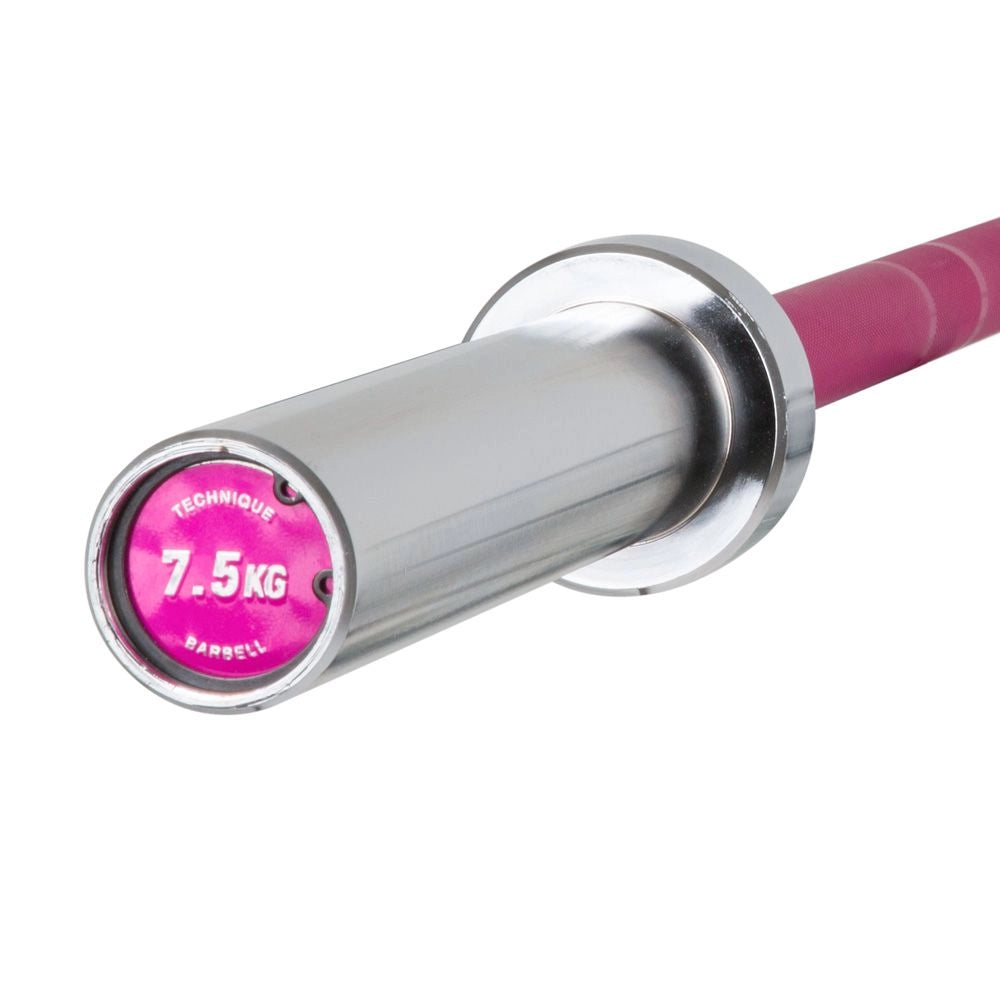Filters
-
Resistance Bands Rubber ATX® - in 9 tensile strengths
Regular price From €3,55 -
ATX® Rackable Hip Thruster Attachment
Regular price €136,67 -
ATX® Bulgarian Split Squat
Regular price €146,50 -
ATX® Color Splash Bumper Plates - 5 to 25 kg
Regular price From €27,53 -
ATX® Smith Machine Compact - extra low - 198 cm
Regular price €539,77 -
Resistance Band Set - ATX® - 6 Level
Sale price €62,83 Regular price€66,07 -
ATX® Mini Loop Bands - Complete Set
Regular price €14,65 -
ATX® leg press 45° - Leg Press Classic
Regular price €1.277,17 -
Concept2 RowErg rowing machine
Regular price From €1.174,91 -
ATX® Multigym GMX 2000 2x90 plug-in weights
Regular price €2.457,00 -
-
-
-
Nüobell® compact dumbbells 2 - 20 kg
Regular price €539,77 -
ATX® Hip Thruster
Regular price €293,97 -
ATX® Women's Multibar 15 kg - 200 cm
Regular price €225,15 -
ATX® Power Rack 510 - with plate load lat pulldown
Regular price €677,42 -
ATX® Weightlifting Women's Bar 15 kg - 201 cm
Regular price €225,15 -
ATX® Power Rack 510 complete station with lat pull-down station 100 kg weights - height 198 cm
Regular price €1.169,02 -
TRX sling trainer Move
Regular price €147,43 -
-
TRX Sling Trainer Burn
Regular price €176,93 -
Fascia roller cork 30 x 10 cm
Regular price €25,46 -
fascia roll - fascia ball Dupla - cork
Regular price €15,63 -
Technik Bar 7.5 kg - Pink - extra light aluminum dumbbell
Regular price €122,90
Ordering, delivery & care.
Can I get advice before purchasing?
Yes! Our team will be happy to assist you with your product selection – by phone, email, or in person at our showroom. Together, we'll find the right equipment for your training.
How quickly will the delivery take place?
We deliver quickly and reliably. You can find the exact delivery times directly on the respective product page or during checkout. We're happy to help with any questions about availability.
Will my device be delivered pre-assembled?
Many fitness equipment items are delivered partially assembled. Easy-to-follow assembly instructions are included. Many pieces of equipment can be assembled independently; for more complex items, we recommend a second person. If you require assembly service, please contact us.
How do I properly care for my fitness equipment?
Wipe down moving parts regularly, check screw connections for tightness, and ensure storage in a dry environment. For some devices, occasional lubrication is recommended—you can find information on this in the respective manual.
Not sure which product is right for your training goals? No problem! Our experienced team will take the time to talk to you – by phone (08142/448666), email, or visit our showroom. Together, we'll find the optimal solution for your needs.
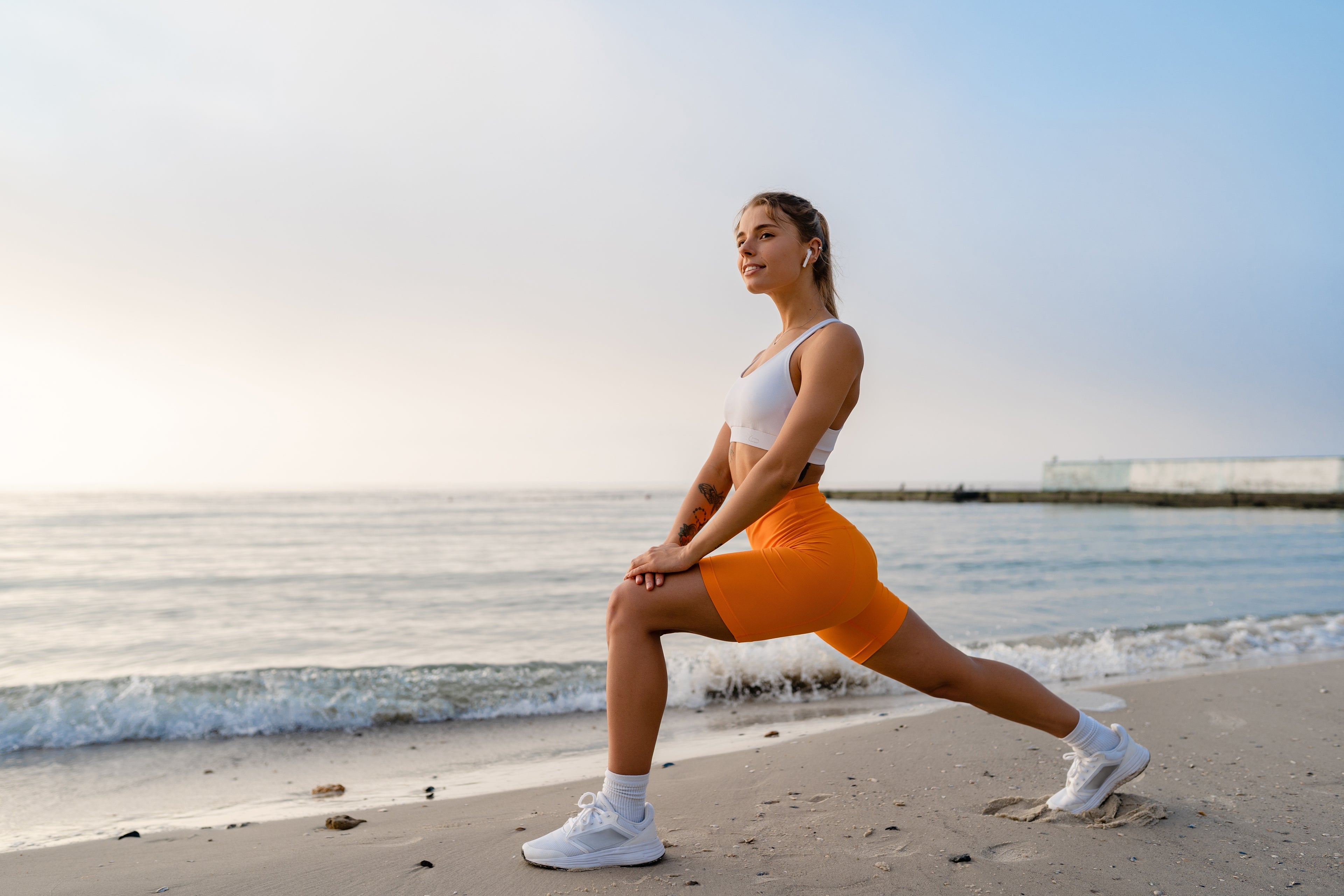
Strength training for women - fitness equipment for muscle building
Why is strength training important for women?
Strength training isn't just for men. More and more women are discovering the numerous benefits of strength training, whether for improving posture, building muscle, or enhancing overall well-being. Women naturally have about one-tenth the testosterone levels of men. Even intensive strength training primarily leads to a lean, athletic body shape in women, but by no means bulky. For this reason, consistent strength training is essential for women and an essential part of a holistic fitness plan.
Why should women do strength training?
Higher basal metabolic rate and effective fat burning
Muscle mass is metabolically active! The more muscle you have, the more calories you burn – even at rest. Even a small increase in muscle mass can significantly increase your basal metabolic rate and thus support long-term fat loss. An additional 2 kg of muscle mass can increase your daily calorie consumption by about 100 kcal – without increasing your physical activity.
Tightening and body shaping instead of “just” weight reduction
Only targeted strength training can turn weight loss into a true body transformation. While diets often result in "skinny fat" (slim but sagging skin), strength training delivers defined arms, a firm stomach, and a toned butt. Strength training not only boosts fat burning during a workout but also ensures sustained calorie burn afterward. The reason: Muscle mass increases your basal metabolic rate—you burn more energy, even at rest.
Protection against osteoporosis and muscle wasting
From around the age of 30, natural muscle loss (sarcopenia) begins – and in women, a decline in bone density (especially after menopause) also occurs. Regular strength training acts as a medical protective measure:
I. Increase bone density
II. Strengthening the joints
III. Improving body stability
Mental health and stress reduction
Studies show: Strength training releases endorphins, lowers stress hormones, and improves mood. Benefits for you:
I. Better stress management
II. Reduced anxiety and depression symptoms
III. Higher self-esteem through visible successes
How can women benefit from strength training?
Whether you want to improve your fitness, build muscle, or simply stay healthy, strength training offers specific benefits that make it especially valuable for women.
Targeted muscle-building training: Due to their natural hormone balance and lower testosterone levels, women have a different predisposition to building muscle than men. Therefore, the goal of strength training for women is often to define and tone muscles, not necessarily to build mass. This means you can build muscle without becoming "too muscular" – which is often a misconception.
Improve body composition: Strength training helps change body composition. Instead of just looking at the scale, it's important to consider the increase in muscle mass and the reduction in body fat. More muscle not only means a better body shape but also a higher calorie burn.
What is the difference between strength training for women and strength training for men?
Strength training for women is not fundamentally different from that for men. Both genders benefit from the same exercises and training methods. However, there are some differences tailored to women's individual physiological needs and goals.
✦ Less focus on maximum muscle mass: While men often train with the goal of building maximum muscle mass and strength, many women focus more on toning and defining their muscles.
✦ Use lighter weights more frequently: Women often tend to train with lighter weights for fear of becoming too bulky. However, this is a common misconception. Women should use heavier weights to build muscle effectively, while maintaining proper form and a balanced workout routine.
✦ Targeted training for specific needs: Women often have different training goals that affect specific muscle groups. Focusing on the lower body (legs, glutes) and improving core muscles are particularly common goals for women.
How do women successfully start strength training?
1. Progressive overload: Muscles grow when they are regularly subjected to greater strain
2. Regularity: 2-4 training sessions per week bring optimal results
3. Adequate recovery: Muscle growth happens during the rest phase
4. Whole-body training: Initially, target all muscle groups, later specializations possible
What might a strength training session for women look like?
An effective strength training session for women should be structured, targeted, and balanced. The goal isn't just to burn as many calories as possible, but primarily to build muscle. The ideal training session for women is divided into several phases and should activate both large and small muscle groups, as well as the core.
1. Start with a short, dynamic warm-up of about 5–10 minutes – for example, on the cross trainer, with jumping jacks, or mobility exercises. This warm-up optimally prepares muscles, joints, and circulation for the upcoming exertion and reduces the risk of injury.
2. The main part of the strength training session focuses on basic exercises such as squats, deadlifts, lunges, shoulder presses, or rowing exercises. These multi-joint movements engage multiple muscle groups simultaneously and provide a high training stimulus. For beginners, it is recommended to start with a full-body workout—that is, training all major muscle groups in one session. Advanced athletes can divide their workouts into so-called splits (e.g., squats, deadlifts, and rowing exercises). B. Lower body / Upper body or Push / Pull).
3. A typical session consists of approximately 6 exercises, each with 3–4 sets of 8–15 repetitions. While lower repetitions with higher weight promote muscle building (hypertrophy) , higher repetition ranges are particularly suitable for muscle definition and strength endurance – ideal for women who strive for an athletic, toned physique. It's important to choose the weights so that the last repetition can still be performed with clean technique – this is the only way to achieve an effective training stimulus.
4. Rest periods between exercises are a good idea – the length of the rest periods can be adjusted depending on your goal and intensity. Longer rest periods are recommended for heavy training, close to muscle failure. Those who want to combine fat burning and cardiovascular strengthening can also arrange exercises in supersets or as circuit training.
5. At the end of the session, a short cool-down should follow, including stretching exercises and conscious breathing. This promotes recovery, improves mobility, and reduces muscle soreness.
Which devices are particularly suitable for women?
When it comes to strength training for women, the right fitness equipment plays a crucial role – it provides safety , enables targeted training of individual muscle groups, and helps achieve individual fitness goals. But which strength equipment is particularly suitable for women? The answer depends on training level, goals, and personal preference – but some equipment is particularly popular and proven.
Power stations for a holistic workout
Multifunctional power stations are ideal for women who want to train efficiently at home. They offer a variety of exercises, including: For example, for legs, back , chest, shoulders, and arms – in one compact device . Guided movement sequences minimize the risk of injury, providing safety, especially for beginners. In addition , many models allow for individual weight adjustment to optimally challenge both beginners and advanced users.
Leg press and hip thrust machines
Targeted training of the lower body—especially the thighs, buttocks, and hips—is an important focus for many women. Equipment such as the leg press or special hip thrust machines allow for effective strengthening of these muscle groups with controlled movements and high intensity. They are ideal for shaping the buttocks, building leg muscles, and stabilizing the core.
Rowing machines and cross trainers for cardio and strength endurance
For a holistic workout that challenges both the cardiovascular system and muscles, rowing machines or cross trainers are perfect. They work virtually the entire body and not only improve endurance but also burn calories efficiently—ideal for toning your figure and improving overall fitness.
Cable pulleys and cable pulleys for functional strength training
Cable pull stations are extremely versatile and especially popular with women, as they allow for both isolated and multi-joint exercises. Whether tricep extensions, cable kickbacks, or face pulls – the load can be precisely controlled, while the movement remains fluid and gentle on the joints. Cable pulls also promote intermuscular coordination, which is crucial for a lean, athletic look.
Sling trainers and resistance bands
Tools like suspension trainers and resistance bands are also ideal for functional bodyweight training. These devices are particularly suitable for everyday use, space-saving, and effective – and promote stability, balance, and muscle toning. They offer a practical alternative, especially for training at home.
How often should I do strength training as a woman?
For effective results, it's recommended to do strength training at least two to three times a week. Between workouts, give your muscles sufficient time to recover. This way, you avoid overloading and achieve long-term progress.
Common mistakes in strength training for women
Whether you're just starting out or already have experience with strength training, there are some common mistakes women make when training:
1. Training too lightly: Women tend to use weights that are too light. To build muscle effectively, the weights should be chosen so that the last few reps are challenging.
2. Incorrect technique: Incorrect execution of exercises can lead to injury and reduce the training effect. Pay attention to correct posture and technique for each exercise.
3. Too little variation: If you always do the same exercises, you'll quickly get stuck in a training rut. Vary your exercises to ensure consistent progress.
FAQ: The most frequently asked questions about strength training for women
When do you start seeing muscles?
First visible definition usually after 6–12 weeks of consistent training.
Will strength training make me bulky?
No. Women develop defined, athletic bodies.
Can I train effectively at home?
Yes! A complete full-body workout is possible with dumbbells, resistance bands, and your own body weight.
Which devices are best suited?
Power stations, dumbbells, kettlebells and resistance bands – depending on space and goals.
How important is nutrition really?
Extremely important! Training shapes the body, and nutrition provides the material for it.



